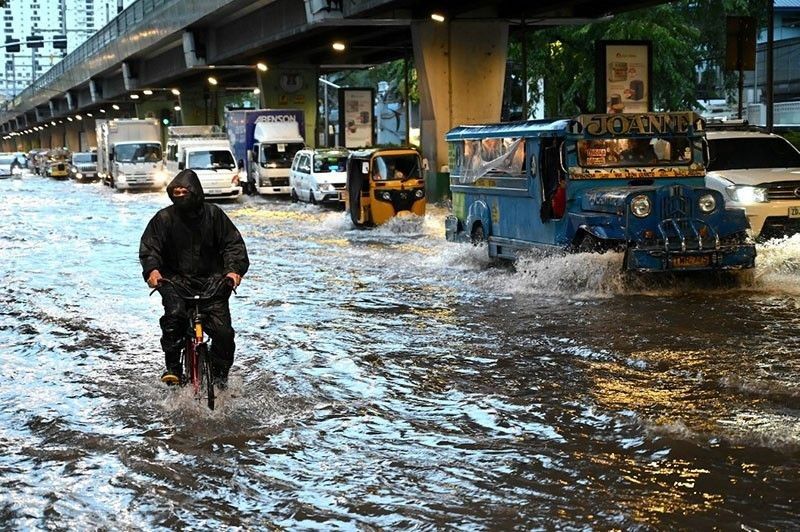
MANILA, Philippines — The Philippines is likely to experience more tropical cyclones in 2024 than last year due to the potential return of La Niña, the state weather bureau PAGASA said on Tuesday.
PAGASA projected 13 to 16 cyclones this year, marking an increase from 11 storms in 2023, an El Niño year. However, the figures are still below the average of 19 to 20 storms the country typically sees annually.
Ana Liza Solis, PAGASA’s climate monitoring chief, said there are usually more cyclones during La Niña because of warmer ocean temperatures. There is a 62% chance that La Niña will develop during June to August.
“Since the warming of the ocean temperature is closer to us, it is possible that tropical cyclones may develop closer to our seas,” Solis said partly in Filipino.
“We will experience the possible effects of La Niña during the last quarter of the year,” she added.
La Niña brings stronger trade winds, pushing warm surface water in the western Pacific, where the Philippines is located, and drawing up cool water in the eastern Pacific. Warm water creates more rain.
Science Secretary Renato Solidum noted that since warm water is closer to the Philippines during La Niña, cyclones could reach land faster.
“It means the lead time is shorter. For cyclones closer to land, there is less time to prepare,” he said in Filipino.
Early this March, PAGASA issued a La Niña Watch. Historically, pre-developing La Niña events are characterized by below-normal rainfall. The weather bureau said this suggests a possible slight delay in the onset of the rainy season “likely with the confirmed effects of the ongoing El Niño.”
El Niño, the climate pattern associated with extreme heat and drought, is gradually weakening, but its effects will persist in the coming months.
Solidum said drought will affect 48 provinces, while dry spells will impact 24 provinces by April. By May, 54 provinces will experience drought and 10 will face dry spells.
The number of drought-stricken provinces will decrease over the next months: 25 by June, 23 by July, and 10 by August. — Gaea Katreena Cabico
*****
Credit belongs to: www.philstar.com
 Atin Ito First Filipino Community Newspaper in Ontario
Atin Ito First Filipino Community Newspaper in Ontario






